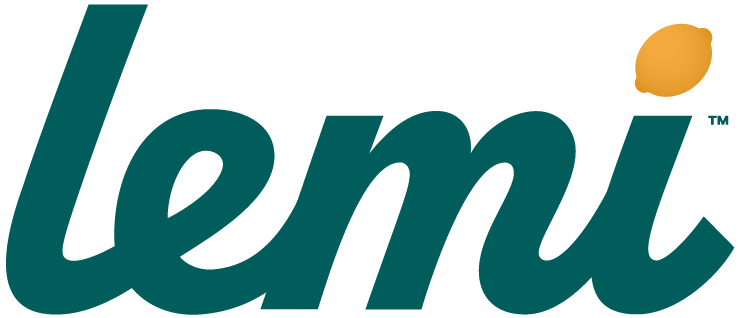Ear Acupuncture?
You've probably heard of acupuncture, the ancient Traditional Chinese Medicine (TCM) practice of inserting tiny needles into specific areas of the body. TCM practitioners believe the human body has 2,000+ points which are connected by pathways and create an energy flow called Qi (pronounced "chee"). When there's a disruption in the energy flow, illness can occur. The belief is that by inserting needles into certain points, the flow of Qi (and health) is improved.
A lesser-known technique, called NADA (National Acupuncture Detoxification Association) protocol, is a specialized form of ear acupuncture that has been found to not only help those in their recovery from substance use disorders but can also help with trauma, PTSD and chronic stress.
The History
The NADA protocol was developed in the early 1970s by Dr. Michael Smith, a physician who recognized the potential of ear acupuncture to help his patients struggling through recovery and withdrawal. His unique approach was implemented at the Lincoln Hospital in the South Bronx, New York, as part of a comprehensive substance use treatment program. Since then, the NADA protocol has grown into a globally recognized and widely practiced holistic intervention.
How it Works
Ear acupuncture involves the insertion of five tiny, sterilized needles into specific points on the ear. These points are known as the 5-Needle Protocol and are strategically chosen for their ability to address a variety of issues. After the needles are inserted, individuals may fall asleep, experience a meditative state or simply feel calm and grounded. The treatment typically lasts about 30 to 45 minutes, during which individuals sit or lie comfortably while the needles remain in place.
One of the advantages of NADA is its adaptability to group settings. Community health centers, addiction recovery clinics and even humanitarian services have integrated this protocol due to its simplicity and ability to be administered in non-traditional healthcare settings. What's more, the group setting can promote a sense of community and foster an environment of healing and shared experience.
Where are the Needles Placed?
The following points are recognized in TCM as key areas that relate to different organs and systems within the body.
Sympathetic: This point helps manage the sympathetic (fight-or-flight) and parasympathetic (rest and digestion) branches of the autonomic nervous system.
Shen Men: Known as the "Spirit Gate," this point helps ease emotional distress and promote relaxation. It can also reduce pain and help energize other points.
Kidney: This point is used to support the body's natural detoxification process.
Liver: This point helps with blood purification and detox and can reduce anger and increase confidence.
Lung: This point can improve lung function, enhance respiration, and reduce cravings.
Lemi is proud to offer ear acupuncture to help our clients with a range of mental health issues. Not only have we experienced its stress reducing benefits ourselves, but our clients report better sleep, stress relief and a discovery of inner peace and strength. If you'd like more information about this holistic protocol, contact us at 801-449-0426.
